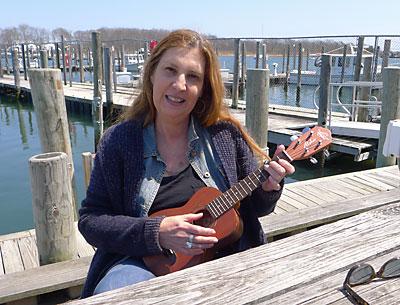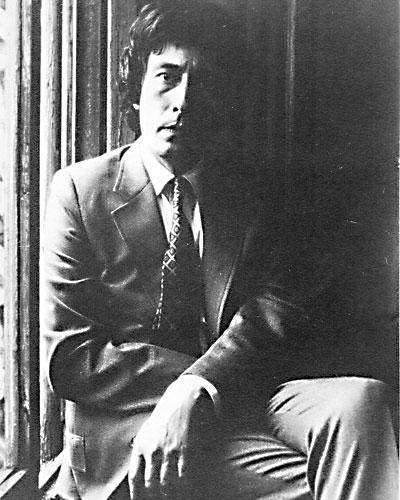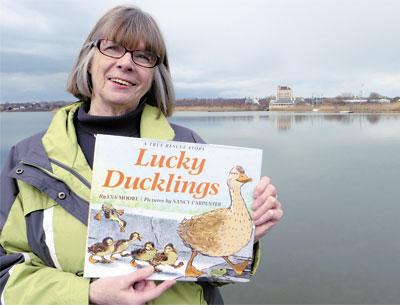Book Markers 04.18.13
Book Markers 04.18.13
Storytelling Techniques
Memoir: It’s all the rage, whether you’re a reader, a writer, or a publisher. How about workshopper?
Kara Westerman of East Hampton, a veteran editor and writer who has had fiction in The New Ohio Review, a 2008 anthology called “Submerged: Tales From the Basin,” and the friendly neighborhood Star, is offering a free course, “The Memoir in Your Head: Developing Techniques for Universal Storytelling,” at the East Hampton Library starting on April 30 from 5 to 6:30 p.m. and running on subsequent Tuesdays through May 28. Sign-up is with the reference desk.
Poetry and Then Some
Speaking of writing technique, Kathryn Levy will be all over the topic on Sunday at 3 p.m. at the John Jermain Memorial Library’s temporary digs on West Water Street in Sag Harbor when she fields questions, reads some of her poems, and talks about the “role of poetry in the world.” The gathering is limited to 18 people, so registration in advance isn’t a bad idea. The poet, who lives in Sag Harbor, has a volume, “Reports,” coming out in the fall from New Rivers Press. In 2006, her collection “Losing the Moon” was published by Canio’s Editions.
Canio’s Books in that same village, by the by, is where Earth Day celebrants will gather Saturday to read nature writing they admire. Among the participants so far are James Monaco, a Sag Harbor publisher, another villager, George Held, who’s a poet and former English professor at Queens College, and the Rev. Alison Cornish of the Unitarian Universalist Congregation of the South Fork. They’ll start clearing their throats at about 5 p.m.
At 3 p.m. that day, a chance to reacquaint yourself with Zachary Studenroth, late of the Sag Harbor Whaling Museum, will present itself at the bookshop. Now the director of the Cutchogue-New Suffolk Historical Council, he has a new book in Arcadia Publishing’s Images of America series, titled, unsurprisingly, “Cutchogue and New Suffolk.”






